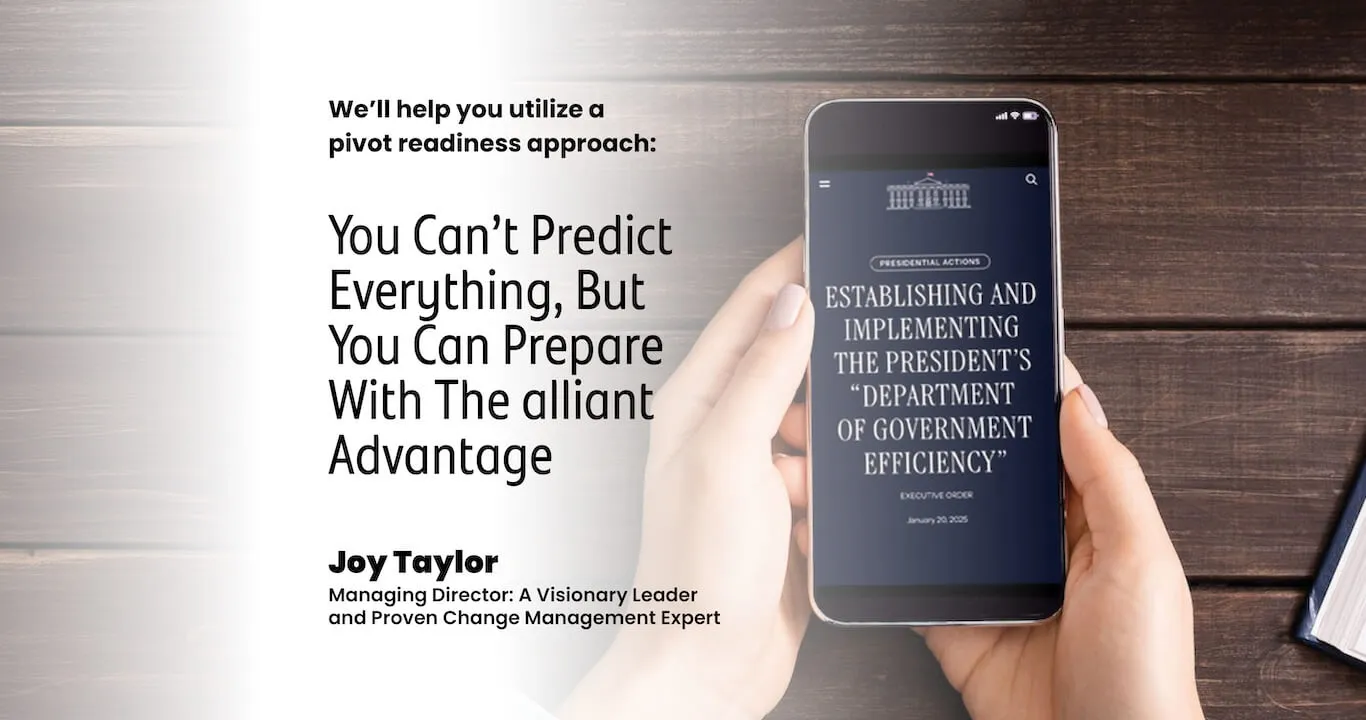The Internal Revenue Service announced in March that its compliance efforts related to the Employee Retention Credit had exceeded $1 billion, with the agency specifying that “more than 12,000 entities filed over 22,000 claims that were improper and resulted in $572 million in assessments.”
According to the IRS, which as of the end of February 2024 had initiated more than 386 criminal cases in the ERC space, enforcement efforts will only continue to expand. IRS Commissioner Danny Werfel has also made it clear that the IRS is taking erroneous ERC claims seriously, recently commenting that the agency remains “concerned about widespread abuse involving these claims that have harmed small businesses.”
In the face of these eye-popping statistics, and the IRS adding ERC fraud to its “Dirty Dozen” list of abusive tax schemes, the question for accountants across the U.S. becomes: “What is my responsibility if my client presents me with a questionable ERC claim?” More importantly, accountants need to ask themselves what personal risks they take on if they push through an ERC calculation they suspect could be inaccurate.
The IRS Office of Professional Responsibility released guidance on March 7 regarding how tax professionals can ensure they are meeting their Circular 230 professional responsibilities when dealing with a potentially erroneous claim from a third party.
Citing Section 10.22(a) of Circular 230, the IRS OPR stated that if “the practitioner cannot reasonably conclude … that the client is or was eligible to claim the ERC then the practitioner should not prepare an original or amended return that claims or perpetuates a potentially improper credit.”
The IRS OPR went on to state that, as a best practice, tax practitioners should consider advising their clients of the option to file an amended return, as well as penalties for noncompliance.
In short, Section 10.22(a) cited in the guidance binds accountants to diligence as to the accuracy of the claim and requires a reasonable inquiry to confirm the client’s ERC eligibility, as well as further inquiry into the credit calculation if it appears to be incorrect, incomplete, or inconsistent.
IRS OPR Director Sharyn Fisk has been on record cautioning that the agency is more frequently auditing taxpayers who claim credits that they are not entitled to and that the IRS “can’t ignore information that’s inconsistent, incomplete or incorrect.”
Fisk has gone on to say that accountants aren’t exercising due diligence if they fail to ask the question of a client or a third party who calculated an ERC, while noting that documentation is critical for tax practitioners to protect themselves.
The American Institute of CPAs has also issued warnings to accountants reviewing ERC calculations from third-party providers. The AICPA stated in Risk Alert 2.1.23 that if a “client’s ERC claim is later denied, the client may allege the CPA, through its preparation of the tax return reflecting the ERC claimed, tacitly agreed with it, thus negating all prior written warnings provided to the client.”
The AICPA added that, if asked by a client to prepare a return using information from a third party, including ERC calculations, accountants “should first obtain a signed engagement letter defining which federal and state tax returns require preparation or amendment and then evaluate the information in accordance with professional standards.”
In terms of factors to consider when an accountant is vetting an ERC calculation, the IRS has provided a list of “red flags” for taxpayers and tax practitioners to look out for, which include a third party being able to determine ERC eligibility “within minutes” and large upfront fees to claim the credit.
In short, accountants who are seeing a noticeable lack of documentation to support a credit, or excessively high ERC calculation based on what they know of their client, should take steps to validate the figure, including consulting with those firms that specialized in tax credits prior to the COVID-19 pandemic, before moving forward.
Return preparers who fail to take note of these red flags and either proceed with ERC calculations they know aren’t reasonable, or fail to amend an existing claim, might face consequences themselves, including possible disciplinary proceedings from IRS OPR for those who have ignored Circular 230, as well as possible preparer penalties under Section 6694 or 6701 of the Internal Revenue Code.
As stated, the IRS’s ERC enforcement campaign is far from over. And although the agency’s Voluntary Disclosure Program for ERC ended on March 22, there are still some options available. Tax practitioners should inform their client of the option to withdraw a questionable ERC if monies have not yet been received.
American CPAs cannot, and should not, accept ERC calculations they feel lack a reasonable basis. As a result, it is incumbent upon accountants faced with questionable ERC figures to ask the right questions and consult established tax consulting firms in order to validate the ERC figure at issue.






